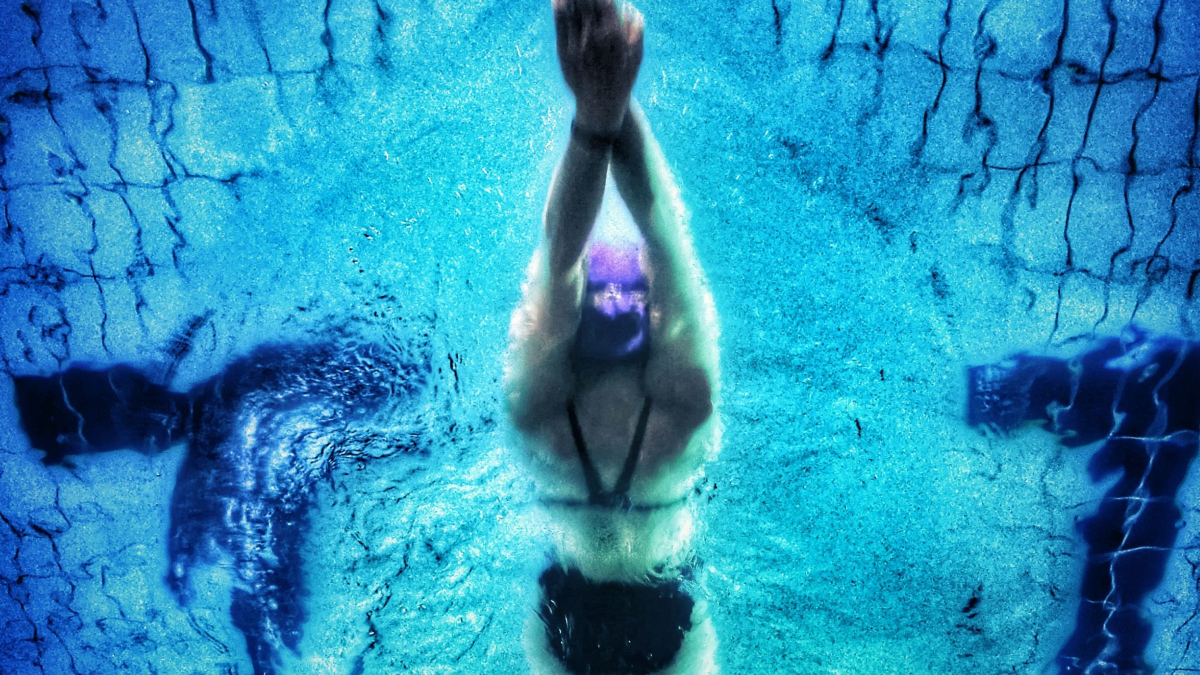Lisa Marie Vail is going to make history as she is supposedly the first person to file a lawsuit against a vapor manufacturer for the wrongful death of her 18-year-old son, Daniel David Wakefield. Vail claims that the e-cigarette manufacturer is responsible for her son’s addiction to vaping nicotine and his subsequent demise. The suit exists amid much criticism and a rising number of afflicted users.
Vail filed the suit in U.S. District Court for the Northern District of California Tuesday, October 15 and is specifically claiming that the e-cigarette manufacturer is directly responsible for her son’s:
- injuries due to addiction to the product that he was exposed to through advertising at age 15.
- intense addiction that affected his emotional well-being and interest and performance in school.
- hospitalization for breathing and lung complications after a year of using Juul, and that the nicotine addiction was severe enough to require nicotine patches on his skin throughout his three-day stay.
Wakefield was found unresponsive by his father after a day that included strenuous physical activity. The medical examiner determined that Wakefield died of natural causes and that he suffered from asthma in his youth.
Lawsuit and Criticism Begs the Questions
Vail’s many accusations appear to fall under the umbrella complaint of the responsibility of her son’s addiction. The following points address her allegations:
- If Wakefield started vaping in 2016, the same year that the FDA began to regulate the advertising, distribution of ENDS (components like atomizers, batteries, cartridges, cartomizers, flavorings, etc.), importing, labeling, manufacturing, packaging, promoting, and selling of e-cigarettes, then how is Juul guilty of targeting her son or other teenagers?
- If the warnings about the dangers of Juul ingredients and the conditions under which they are available for sale to appropriate-aged consumers are clearly stated on the packaging, then how was Wakefield able to obtain the product?
- As a known asthmatic, no matter how long he was asymptomatic, why would he inhale anything detrimental to his ability to breathe?
- If Wakefield was so intensely addicted, where was he able to consume the product so profusely and regularly?
- If the severity of his addiction was so blatantly obvious during his hospital stay, what was done to help him and why not file a suit then?
Consider the fact that vaping is appealing to most smokers, of THC and nicotine, because it eliminates the public’s problem with exposing others to its effects, allows smokers to stay indoors, and enables a buzz with impunity.











